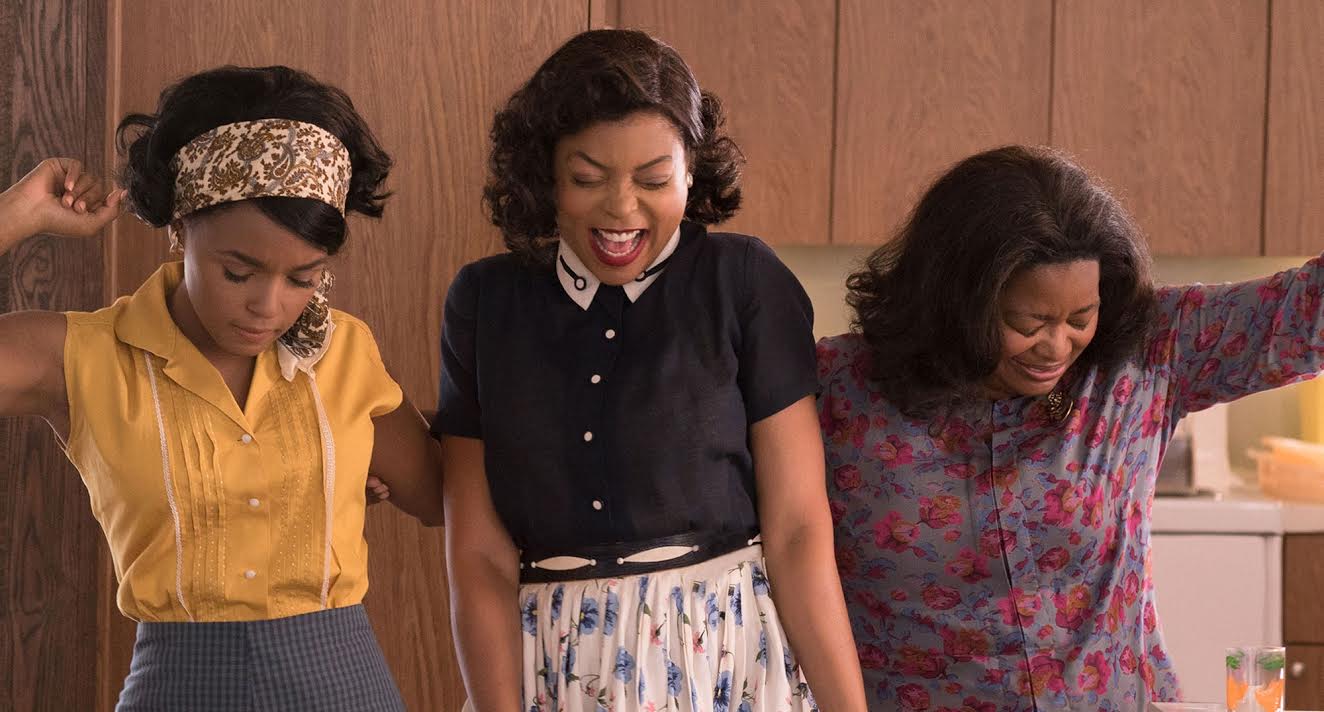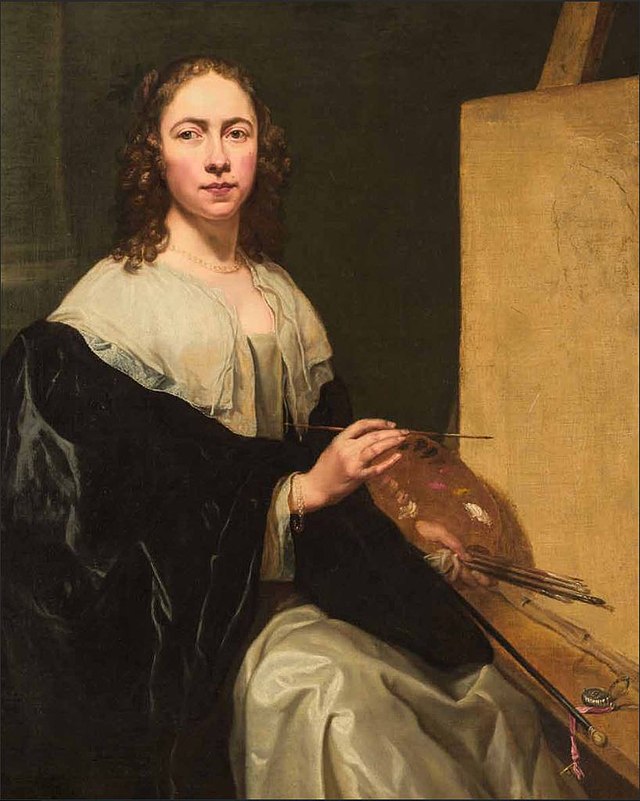Nominated for three Academy Awards, including Best Picture and Best Adapted Screenplay, “Hidden Figures” is not only a great true story, but also a socially relevant reflection for current issues we face today.
“Hidden Figures” tells the remarkable tale of three African American mathematicians at NASA, Katherine Johnson (Taraji P. Henson), Dorothy Vaughan (Octavia Spencer) and Mary Jackson (Janelle Monae), set in the racially-charged 1960s Space Race. Centered around three mathematicians, the movie could have easily gotten bogged down by space calculus, but director Theodore Melfi and the cast find the perfect balance of fun and seriousness. The film also features commendable supporting performances from Kevin Costner, Kirsten Dunst and Jim Parsons.
Taraji P. Henson does a great job as the main character, Katherine Johnson, a soft-spoken, yet brilliant mathematician working alongside other scientists to help put America into space before the Soviet Union. What really makes the movie pop, however, is the supporting performances, especially those from Octavia Spencer, Janelle Monae and Kevin Costner. Spencer portrays Dorothy Vaughan, a supervisor in the segregated computing division of NASA seeking acknowledgement for all the extra duties for which she is responsible. She is the mother figure of the main trio, adding lots of emotion and reality to illuminate the segregated nature of the 1960s. Monae had a breakthrough performance as Mary Jackson, a rambunctious engineer who always lights up the screen with jokes and fun.
From the opening scene in Hampton, Virginia, you get a real sense of the segregation and tension from this era of our American history. We follow the trio on a typical day in the life: computing pertinent calculations for the space program, while being segregated in their own subpar “colored” facilities. Yet in the face of adversity and racism, these three women rose up and helped make history in such a contested period of our country. “Hidden Figures” does a great job of setting up the vitriolic environment these woman operated in, and showing how brave and important their successes were. It also has a great mix between the women’s work at NASA and their private lives, where we see much of the fun that they share with each other and their families.
As the film progresses, you really get invested in each of the characters and their individual challenges at NASA. Katherine faces racism and disdain as she is promoted to join the top group of mathematicians and engineers to develop new equations for launching the astronauts into orbit. Dorothy faces scorn from her white supervisors, who judge her work based on her race, not her obvious ability. Mary faces complications with the engineering division, which denied her the title of engineer until she took tedious courses at an all-white high school.
While Melfi shows the dark history of our country, he does a great job showing our redeemable potential as well. Al Harrison ( Costner), the director of the Space Task Group that Katherine works with, is a great example of acceptance in this film. After initially being indifferent towards the unequal treatment of the many African Americans working for the space program, Al progressively changes his path towards fairness. He personally advocates for Katherine’s role in his division, even adding her to the briefings with many top officials and astronauts (John Glenn even appears in this film!). After seeing Katherine have to run across the facility to find a bathroom suitable for “colored use,” Al even goes far enough to physically break down the sign and instructs Katherine to use any bathroom she wishes.
My favorite aspect of this movie was not the story, or even the incredible acting performances, but the inspirational and timeless message of inclusion. We are currently living in a very polarized America after a divisive election. “Hidden Figures” and modern America can be seen with very similar climates toward diversity, and the incredible courage shown by Katherine, Dorothy and Mary inspires us to rise up to the challenge of inclusion. As this movie depicts so brilliantly, our country operates best as an inclusive global population that values the input of all citizens, since this is what makes us truly great and capable of solving problems for the disenfranchised, the “hidden figures.”







